Powet Alphabet: K is for Kinnikuman
by Crazy, filed in Powet Alphabet, Toys on Mar.13, 2010

One of my favorite toy lines as a kid was M.U.S.C.L.E., which stood for Millions of Unusual Small Creatures Lurking Everywhere! Unfortunately, there was little to no story given to these bizarre two inch figures. One must look to its Japanese origins from the series Kinnikuman (literally ‘muscle man’) to really understand what M.U.S.C.L.E. was all about. That is why today is K for Kinnikuman.
Kinnikuman started as a manga in 1979 and would continue until 1987. It would eventually become a popular anime series around 1983. Along with the anime was a massive merchandising launch that included eraser toys in the shape of many of the characters from the series. These erasers were called Kinnikuman Keshigomu. Children shortened the name to Kin-Keshi. If you are looking for information on M.U.S.C.L.E. or Kinnikuman figures, you will have much better results using this shortened term. The Kin-Keshi would be licensed by Mattel and released domestically as M.U.S.C.L.E. with little to no background except for a small comic strip on the back of the 28-pack of figures.

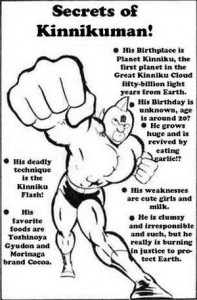 Kinnikuman was an oafish superhero that was not very super. He was less of a second-stringer and more of a fifth-stringer. The series started out very comical as a parody of Ultraman, though as far as American audiences might be concerned, it was more of a Popeye meets Dragonball Z meets the Tick.
Kinnikuman was an oafish superhero that was not very super. He was less of a second-stringer and more of a fifth-stringer. The series started out very comical as a parody of Ultraman, though as far as American audiences might be concerned, it was more of a Popeye meets Dragonball Z meets the Tick.  Kinnikuman would power up by eating garlic. The more garlic he consumed, the stronger he became as noted by the garlic meter on his forehead. Not only did he become stronger, but he also wreaked worse of garlic. Many bystanders would run away as he came near because he smelled so terrible. When he ate a certain amount of garlic, he would turn into a giant musclebound wrestler about 40 meters tall. He was also able to fly, propelled by his terrible gas.
Kinnikuman would power up by eating garlic. The more garlic he consumed, the stronger he became as noted by the garlic meter on his forehead. Not only did he become stronger, but he also wreaked worse of garlic. Many bystanders would run away as he came near because he smelled so terrible. When he ate a certain amount of garlic, he would turn into a giant musclebound wrestler about 40 meters tall. He was also able to fly, propelled by his terrible gas.
A great many of the characters introduced in the series were actually fan created characters that were submitted to the creators of the manga. The children would receive credit for their creations in the chapter they were used. It certainly bred a wide varienty of friends and foes for Kinnikuman to interact.
 Kinnikuman quickly learns that he is in fact the prince of a distant planet called Kinniku. He is joined by the emissary sent to retrieve him, Meat. Meat eventually sticks around and becomes Kinnikuman’s sidekick, even if he is the only one with any brains. The two would soon meet the American hero, Terryman, who would join them on several adventures and at times also played a rival to our main character.
Kinnikuman quickly learns that he is in fact the prince of a distant planet called Kinniku. He is joined by the emissary sent to retrieve him, Meat. Meat eventually sticks around and becomes Kinnikuman’s sidekick, even if he is the only one with any brains. The two would soon meet the American hero, Terryman, who would join them on several adventures and at times also played a rival to our main character.
As the manga progressed, we were introduced to more Choujin (supermen) and Kaijuu (monsters). Eventually a tournament was held to determine the world’s greatest Choujin. The Choujin Olympics introduced characters such as Robin Mask from England, Ramenman from China, Brockenman from Germany, Skyman from Mexico, and Curry Cook from India. Kinnikuman was entered into the competition as the representative of Japan.
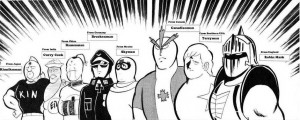
The series is not without its faults (aside from its incredible campiness). Since this was among the manga that came out prior to its popular exportation to other countries, the stories can be pretty insensitive to other cultures. One example of this is Brockenman, the German Choujin in the Choujin Olympics. He is dressed as a Nazi SS soldier complete with the SS symbol on his collar and a swastika on his arm. His special move was releasing a poison gas on his enemy while they were down for the count. Another moment I would think questionable was the use of a phrase by the goofy Kaijuu, Skullduggery. When giving one of his cohorts the codeword to begin their scheme of the day, he used the codeword that kicked off the Japanese attack on Pearl Harbor, Niitakayama Nobore (literally “Climb the New High Mountain”), which was the Japanese name for Yushan, or Jade Mountain in Japan-occupied Taiwan.
The manga, while being completely goofy, also had moments of terrible violence. In one instance, Terryman was stabbed in the forehead with a pair of scissors by a Kaijuu and bled profusely from the wound for the rest of the match. At another point, Ramenman literally ripped one of his opponents in half during an extreme submission move, killing him. The match was not televised in the manga like the others and was only covered by radio because the two competitors were known for their ultra-violent tactics in the ring.
If you are looking to read some of the original manga, you can find that here.
Kinnikuman would get a bit of a revival in the form of Kinnikuman Second Generation or Kinnikuman Nisei. This series was imported to the United States as Ultimate Muscle around 2003 and followed the adventures of Kinnikuman’s son. The manga was also brought over and translated by Viz. Meanwhile, the original manga has never seen a domestic release stateside and considering some of its problems, it would have to be heavily edited if it was. As an adult, I can appreciate this series for what it is, but if I were a parent, its not something I would want my child to be watching. It is probably for the best that Mattel chose not to import the fiction with the toys. Most of us made up our own fiction for the toys anyway.
As for me, I’m still trying to track down a set of the Kinkeshi I had loved so much as a child. In the meantime, I’ll be looking for these babies during convention season:
If you are looking for more information on M.U.S.C.L.E., I recommend checking out some of the following sites:
Nathan’s M.U.S.C.L.E. page
Little Rubber Guys
The University of M.U.S.C.L.E.


 PS3
PS3
 Famicom Dojo
Famicom Dojo KEEP PLAYING
KEEP PLAYING KEEP PLAYING: Rewind
KEEP PLAYING: Rewind Powet Toys
Powet Toys Powetcast
Powetcast Hitchhiker's Guide POWETcast
Hitchhiker's Guide POWETcast















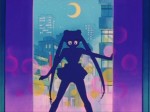
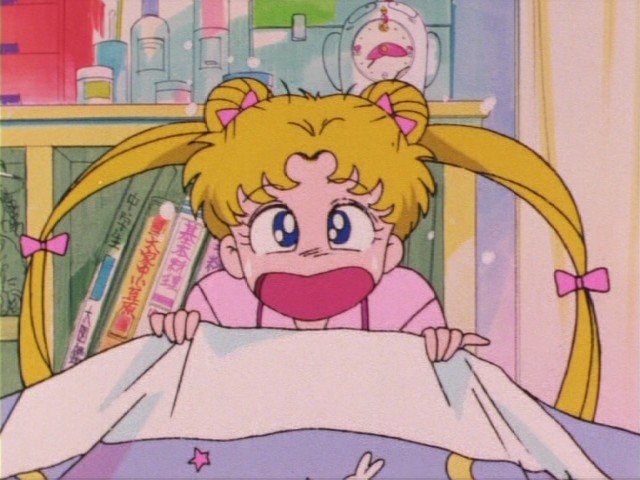
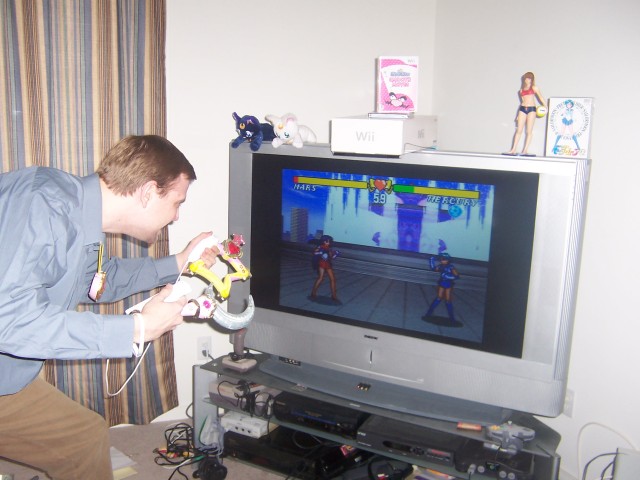

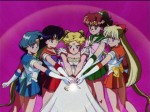
Pingback: Powetcast 112: In The Air, Tonight. - POWET.TV: Games, Comics, TV, Movies, and Toys